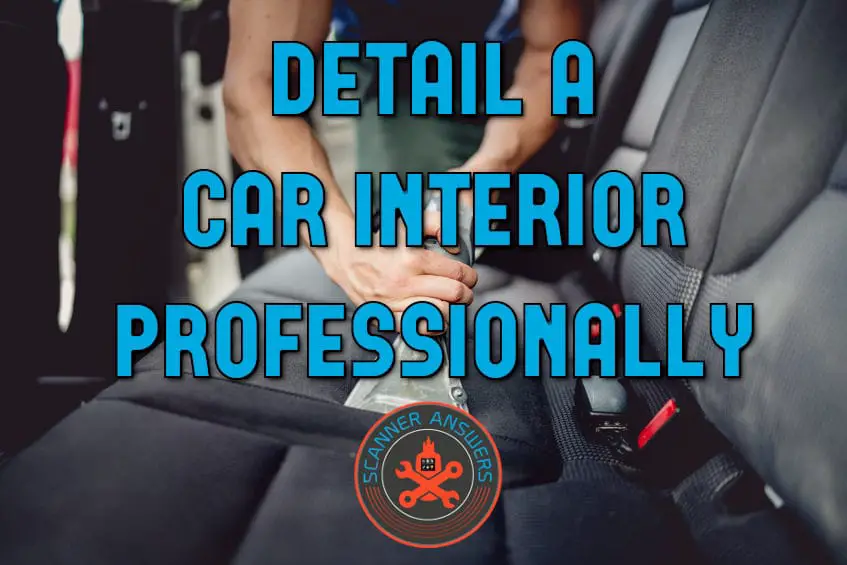
How to Detail a Car Interior Professionally
Automotive detailing is an important aspect of maintaining the long-term value of your automotive investment. Detailing goes far beyond basic cleaning to the point of maximizing the luster and protection of all surfaces in your vehicle. This generally requires the use of special methods, products, and tools.
What is Interior Detailing all about?
When it comes to interior detailing, this is mostly oriented around cleaning and protecting fabric and vinyl or cleaning and conditioning leather. The interior cleaning is far less complicated. It begins with a thorough vacuuming, followed by shampooing the carpets and upholstery, and finally adding sealants or other dressings to the vinyl surfaces.
A professional automotive glass cleaner is then used to clean the interior of the windows until they are nearly invisible. Using crumpled up newspaper is the ideal method of drying the windows and achieving perfect clarity. You may choose to clean the outside of the windows for super-clarity, simultaneously, if you have not applied a sealant to bead water and repel dirt in its stead.
Deodorizing the vehicle may be as easy as sprinkling some baking soda on the carpets before you vacuum them to add a deeper layer of odor protection. Other people like essential oils or various car air fresheners. A good trick to freshen any car is to spray it down with Febreeze because it contains enzymes that will eat any pervasive odors from sweat and other biological agents.
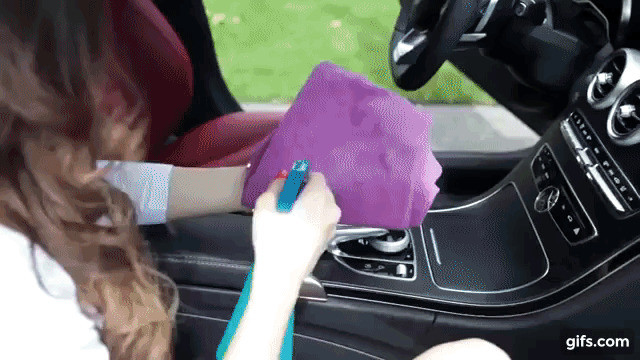
Car Interior Detailing Tips Tricks
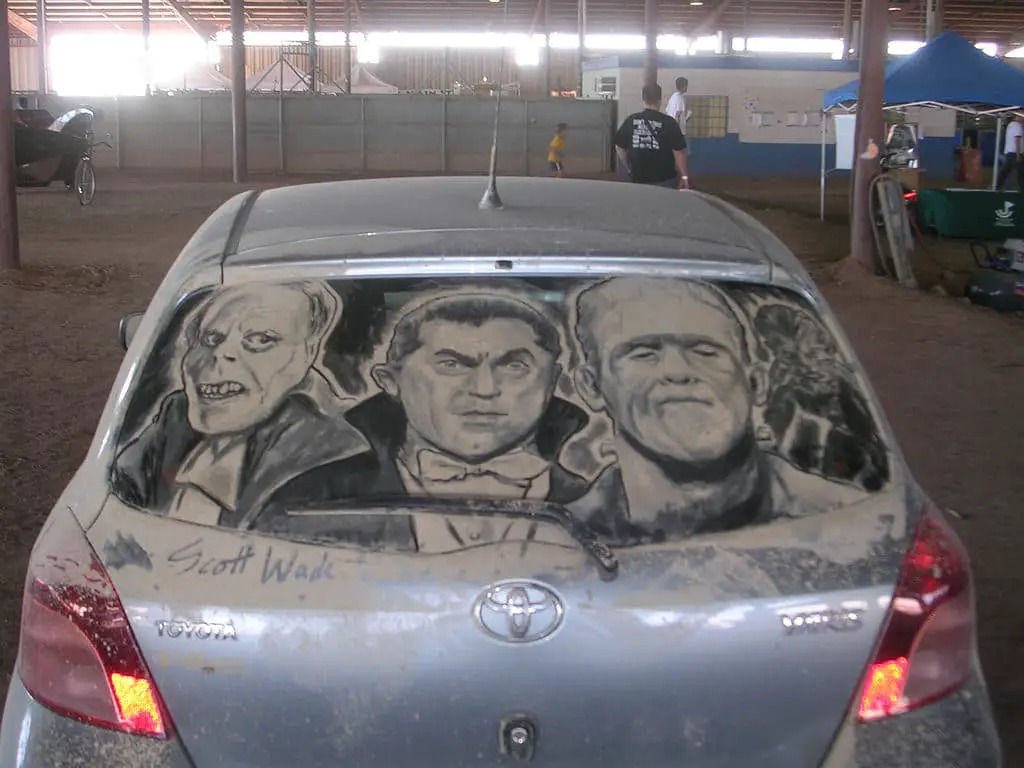
Tip #1: Clean those dirty windows!
When it comes to cleaning windows, it is good practice to wipe the interior clean in vertical strokes and the exterior clean in horizontal. This way, you will not be left guessing which side of the window is streaked.
Never use microfiber towels that you washed to clean your glass. They may have been used for waxing or other treatments that will transfer the residue onto your windows despite previous washings.
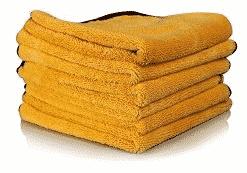
Tip #2: Stockpile Microfiber Towels!
Make sure you have plenty of micrfiber towels on hand before you start detailing the insides of your vehicle. Soap and water should be enough to clean out most of the gunk, but you might have to look into a special interior detailing spray like the Meguiar’s Quick cleaner.
Tip #3: Protect your dashboard!
After you’ve wiped down all the surfaces, I highly recommend you apply a dashboard protectant with UV shield to prevent cracks and damage. Here are my two favorites:
Anyone can learn how to detail a car interior professionally by dedicating time to researching their particular problems and following these general methods. You don’t need highly specialized tools or fancy chemicals to clean your car, just some old towels (preferably microfiber!) and an hour or two.
How to Detail a Car Exterior Professionally
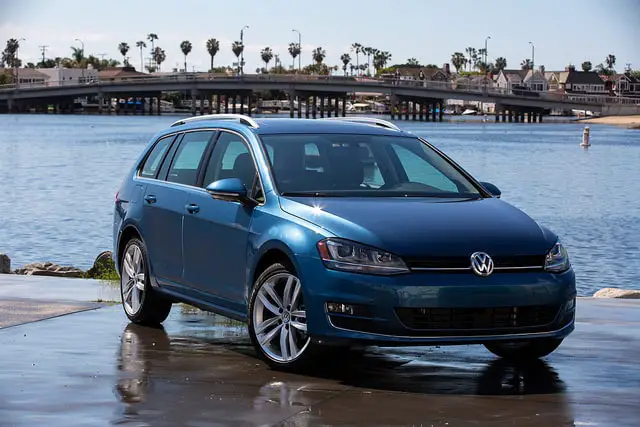
Washing The Exterior Paint
The exterior detailing process begins with a general cleansing of the full exterior. It is possible for dirt to scratch the surface during the washing process itself. Therefore, it is best to eliminate as much dirt from the body of the vehicle as possible with water from a hose before attempting to wash it with a sponge. When the paint surface appears to be free of the visible dirt, it is time to use a soft auto body washing sponge and foamy soap to remove any wax, dirt, or residue. Automotive washing mitts are an even better choice than a sponge, although the sponge is more economical. You can use a liquid dishwashing soap mixed with warm water or a professional car washing soap.
The wheels tend to accumulate the most filth because they are often coated with brake dust and other road grime. You will often need a special brush to clean wheels and possibly a stronger chemical degreaser or solvent like brake cleaning fluid. After the vehicle is washed and rinsed with no visible grime remaining, it should be dried with microfiber towels to remove any residue. Once it is fully dry, you can use an automotive clay bar for a deeper clean that penetrates into the pores of your finish.
Claying The Exterior Surface
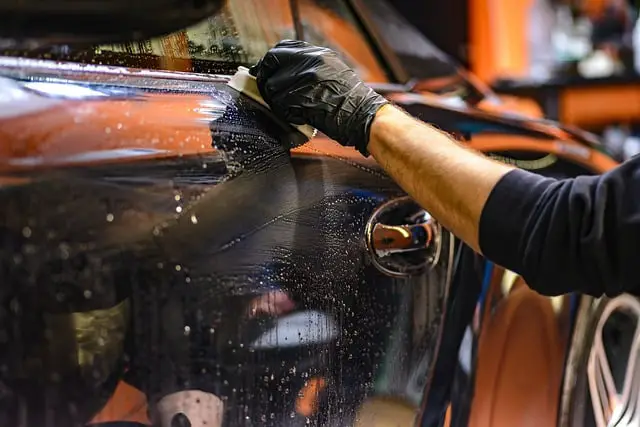
Unless you have lots of professional experience claying, you are better off purchasing a fine clay bar that comes with a lubricant. The medium bars can damage your finish if you don’t know where to use them or how often. Generally, you will want to clay your vehicle only once every year if it is kept in a garage and up to 4 times a year if it is exposed to higher volumes of contaminants.
When you clay your vehicle, you only need a disc that is thick enough to hold together when you work with it and wide enough in diameter to cover the surface of your palm. You do not want to work it in a circular motion when you are trying to pick up contaminants lodged deep in the paint because this can create abrasions. Instead, you want to pull back and forth with a feather-soft gentle touch in an up and down or side to side gliding motion.
Read more: How and When to Use a Detailing Clay Bar on Automotive Paint
Before you start to rub the vehicle exterior with the clay in your palm, you will want to soak the surface area you plan on claying thoroughly with the lubricant. It is recommended that you start on the roof, hood, and top of the trunk where any contaminants are more easily washed away by weather. Areas like the bumpers, lower spoiler, grille, and lower panels, are more likely to accumulate contamination.
You should frequently check the surface of the clay for contaminants after every few passes. When the clay becomes contaminated, you have to fold it over and flatten it out to create a new clean surface. If there are any large granules of debris, they should be picked out. Clay that falls on the ground should be discarded to prevent damage to the paint. In like manner, when you are no longer able to create a clean clay surface, you will need a fresh bar. You may have to cut portions of the clay bar you buy and save the remaining clay in an airtight plastic baggie for future use.
Check out the best clay bar for black vehicles
When you no longer feel, see, or hear the clay removing contamination, you can spray down the adjacent panel and overlap the area you worked on before. Claying can be very tedious and time-consuming because you need to keep working at a surface until the clay remains clean after many passes and the surface feels as smooth as wet ice. Wipe any lubricant spray remaining on the surface until it is dry with a microfiber cloth. You are not limited to only the paint surfaces. You can clay any hard surfaces like plastic, chrome, or glass because they are all porous at a microscopic level and build up contaminants.
How to clay bar a car video guide
Polishing Your Exterior
If the paint suffers from any swirl marks, oxidation, light scratches, or other superficial defects that can be buffed out, now is the time to make it happen. A quality polish is encapsulated in the lubricating compound and can work just as effectively by hand as with an orbital polisher. When you hand-polish, you will use a soft microfiber cloth. If you use an orbital electrical polisher, you will want to ensure that it has a soft sponge with a microfiber cap.
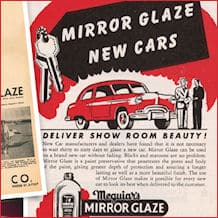
Before you polish your exterior, you have to ensure that it is absolutely free of any granules of debris. This is because it only takes an instant for an orbital polisher to pick up loose granules and scratch swirl marks into your paint. It is best to work with the polish to see if it removes the fine scratches or marks before using a coarser cutting compound on the area. After you smooth out the area with cutting compound, you then following with a polish. Of course, you will have to thoroughly wash any cutting compound out of your microfiber cloth or cap before changing.
Shopping List
Hard Wax & Sealant
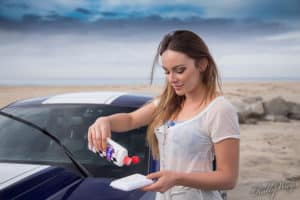
After polishing your vehicle, you will want to wash it again to ensure that none of the residue from the polishing or cutting compound remains. You will then apply a hard paste wax made of Carnauba to the surfaces of the paint carefully with the application sponge. You want to apply the wax in a linear motion in a shady area. After you have covered the entire vehicle, you simply use a linear motion to wipe off the wax residue by hand until you see that warm glowing shine. You can apply a sealant to the wheels, tire walls, glass, rubber, and plastic parts, and even the engine bay parts to displace water, repel contamination, and to protect against UV damage.
Read more about waxing your car: The Car Enthusiast’s Guide on How to Wax a Car
How Much Does it Cost to Detail a Car?
You can find different detail shops who are willing to detail your vehicles in a price range of $100-$200, on average. These detailers may charge more for certain services or offer a limited number of detailing services. They will very likely charge more for larger sized SUV’s or trucks. Read the sections “How to Detail a Car Exterior Professionally” and “How to Detail a Car Interior Professionally,” below, to understand the value of each service.
What Does a Full Car Detail Include
In summary, a full car detailing includes washing, waxing, sealing, claying, and polishing the exterior. Particular attention is given to wheels, windows, mirrors, and any defects in the paint. The detailer will seek to make the vehicle shine like it ready for the showroom. The interior cleaning is usually a matter of vacuuming, shampooing the carpets and upholstery, cleaning and reconditioning the leather, cleaning interior glass and mirrors, deodorizing, and sealing any vinyl.




